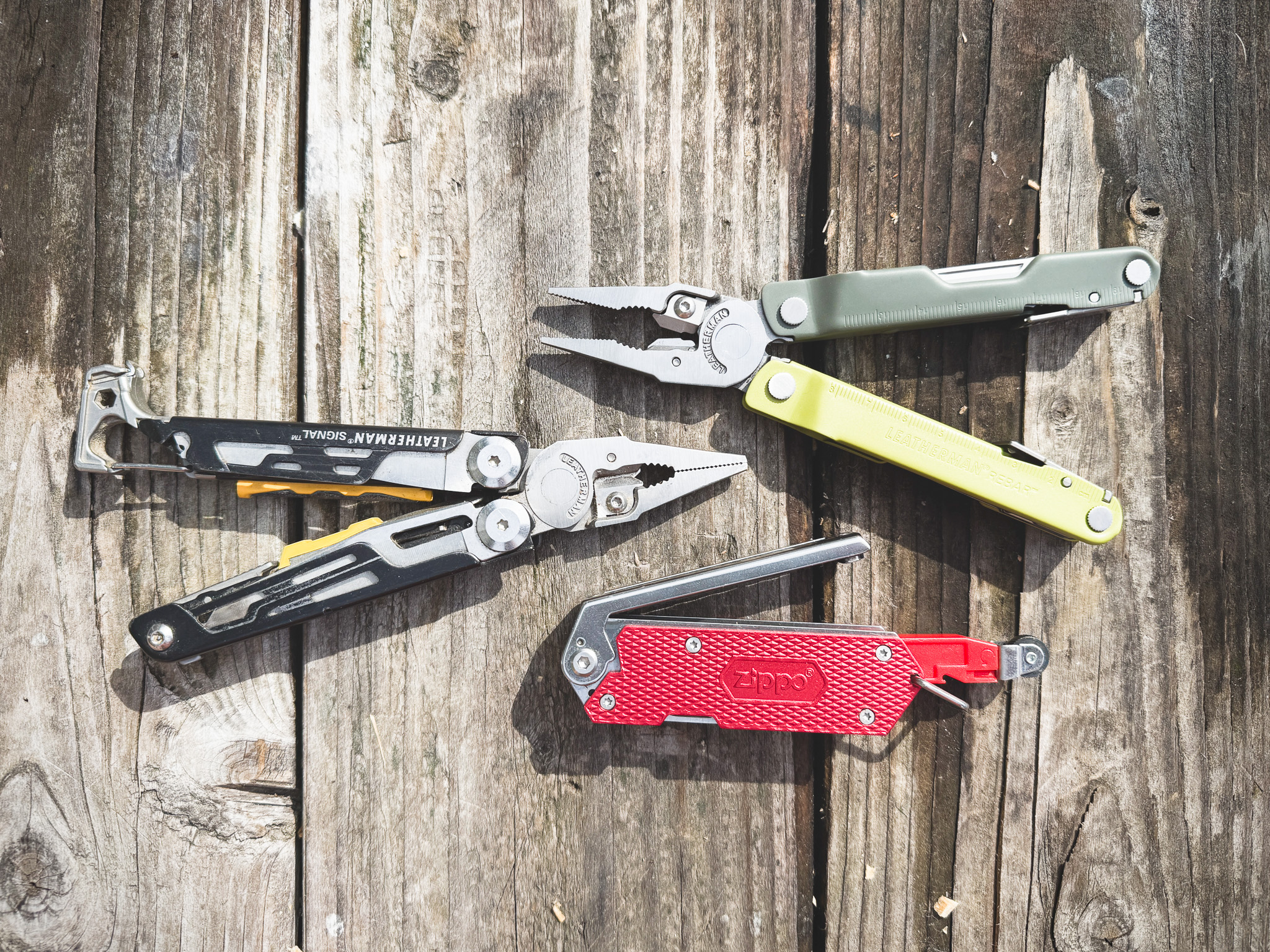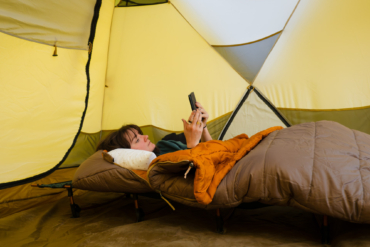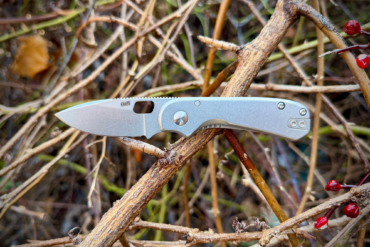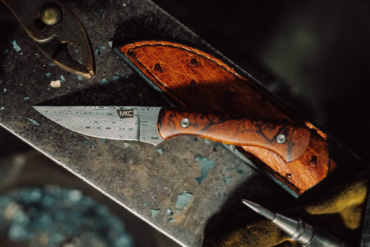A million little needles work a million strands of yarn. Gears shift. Machine arms adjust and spin, the mechanized anatomy of a knitting machine pulls raw yarn in one side and spits out a sock from the other end.
It is a Thursday afternoon in Sheboygan, Wis., the factory floor at Wigwam Mills Inc. buzzing with production like it has for more than 100 years. Today, 250 people work at Wigwam, and the family-owned company funnels millions of dollars of payroll into the area economy while producing upwards of 30,000 socks a day.
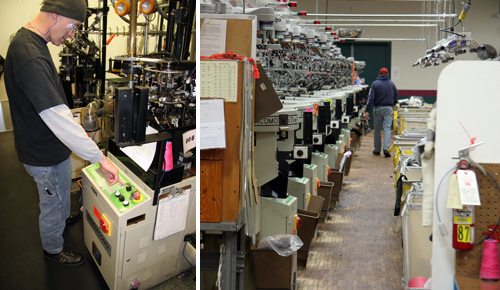
I’ve come to see Wigwam Mills from the inside, a peek into what is something of an archetype of a “Made in the USA” brand. In an era perpetuated with a down economy where seemingly everything is made overseas, domestic manufacturing can stand on a pedestal as a sign of hope.
The outdoors industry, a multibillion-dollar engine, has no shortage of goods that come from abroad. But a surprising number of brands tout products originated in the USA. Indeed, after some research, I found that there are far too many to list. From mountain bikes to athletic socks — not to mention running shoes, camper trailers, backpacks, sleeping bags, knives, kayaks, and snowshoes — outdoor retailers still stock thousands of items made by domestic hands.
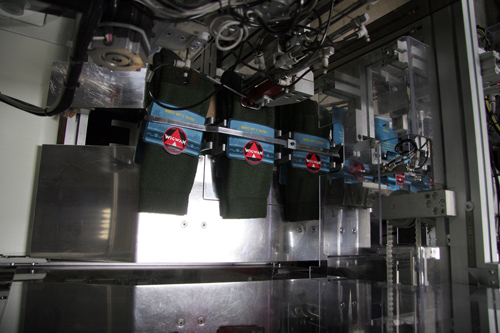
Kokatat Watersports Wear, an Arcata, Calif., company, is a good example. Paddling accessories including dry suits, dry tops, paddling jackets, and life vests are manufactured in the company’s California factory.
SylvanSport Inc. of Cedar Mountain, N.C., manufactures the GO, a unique made-in-the-USA camping trailer. The GO travels as a compact, 800-pound unit that can be towed by small cars but unfolds into a spacious shelter at a camp. It is a unique piece of American ingenuity that has won design awards.

Independent bike-frame builders are found in many major metro areas. Messenger bags and cycling caps are often sewn by hand by small companies and individuals who sell direct to shops.
In Lino Lakes, Minn., Cooke Custom Sewing is a husband and wife team that has made tarps, mukluks and screen tents since 1980. Filson Company in Seattle, an old brand, makes luggage and clothing. Its product guarantee — “No more, no less. Your satisfaction is the sole purpose of our transaction.” — has been around since 1897.

U.S.-made gear is not all niche items and fishing vests. While a bulk of its products are made overseas, New Balance, for example, now produces 25 percent of the shoes that it sells in North America in one of five New England factories.
The list of companies making most or all of their gear in the USA goes on, including Duluth Pack, Exxel Outdoors, Darn Tough Socks, Benchmade Knife Company, Thule, Chums, Moots Cycling, Brooks-Range Mountaineering, Werner Paddles, Simms Fishing Products, Crescent Moon Snowshoes, Buck Knives, Princeton Tec, Ibex Outdoor Clothing, and many more.
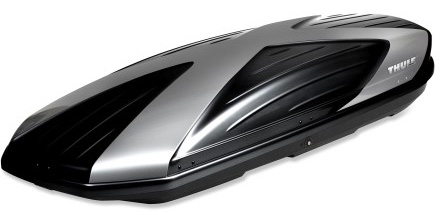
Why make things still in the USA? There are a hundred reasons. Each company is different. At Wigwam, the company says it can save on shipping costs. There are no import tariffs. It can get its socks to market faster and make changes quickly if needed to product designs. Plus, the company will admit, there is a powerful marketing cachet to having a product line made entirely on American soil.
At Wigwam, “made in the USA” began in 1905. There was no viable other option at the time. But over the decades, as many of its competitors shifted production abroad, Wigwam, which is owned by the Chesebro family, has stuck through four generations and is committed to staying in Sheboygan.

The company’s knitting machines run for three shifts each day. Bins are filled with folded socks, packaged, and carted to a warehouse area in the back of the building. Trucks pull up and workers move pallets around to fill a load. Made in Wisconsin. Shipped to the world.
—Stephen Regenold is founder and editor of www.gearjunkie.com.
